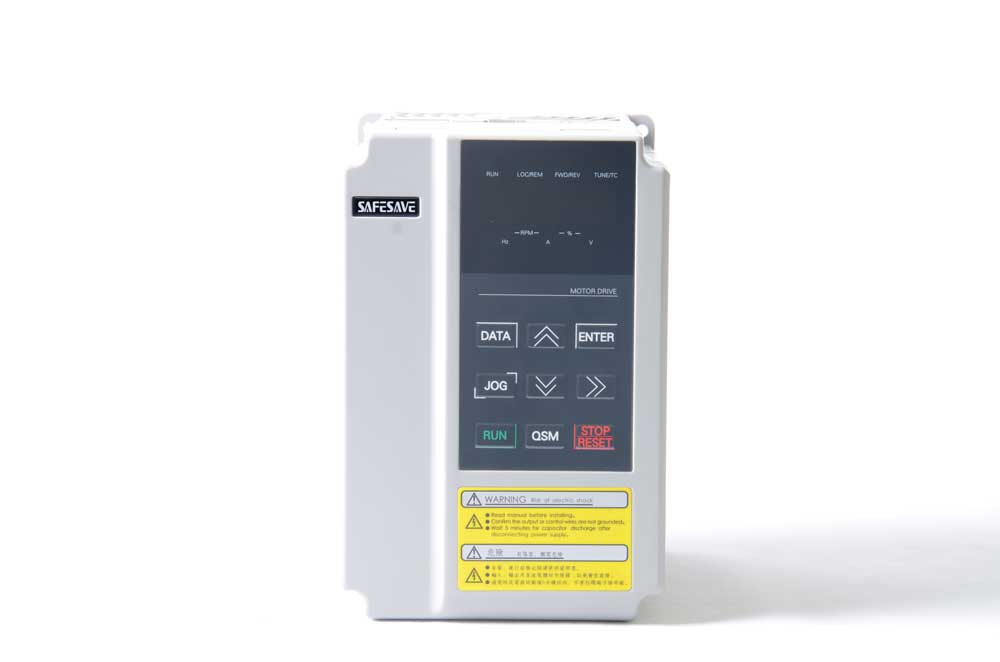Composition of the inverter

1.Composition of the inverter:
The inverter is composed of the main circuit, rectifier, leveling circuit, and inverter.
1) Main circuit:
The main circuit is the power conversion part that provides voltage and frequency regulation power to the asynchronous motor. The main circuit of the inverter can be broadly divided into two categories: voltage type is the inverter that converts the DC of the voltage source into AC, and the DC circuit filter is capacitor. Current type is the inverter that converts DC of current source into AC, and its DC circuit filter is inductor. It consists of three parts: a "rectifier" that converts the frequency power into DC power, a "flat wave circuit" that absorbs the voltage pulsations generated in the converter and inverter, and an "inverter" that converts DC power into AC power. inverter" that converts DC power to AC power.
2) Rectifier:
A large number of diodes are used for the converter, which converts the industrial frequency power supply into DC power. Also available two groups of transistor converters constitute a reversible converter, due to its power direction is reversible, can be regenerative operation.
3)Flat wave circuit
The DC voltage after rectifier rectification contains pulsating voltage at 6 times the frequency of the power supply, and in addition the pulsating current generated by the inverter also makes the DC voltage change. In order to suppress voltage fluctuations, inductors and capacitors are used to absorb the pulsating voltage (current). When the capacity of the device is small, a simple flat-wave circuit can be used without inductors if there are spare parts for the power supply and main circuit components.
4) Inverter
In contrast to rectifiers, inverters convert DC power to AC power at the required frequency, and the 3-phase AC output can be obtained by turning on and off six switching devices at a determined time. The switching time and voltage waveforms are shown as an example of a voltage pwm inverter.





